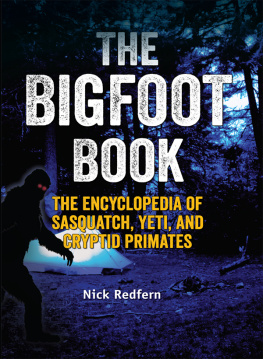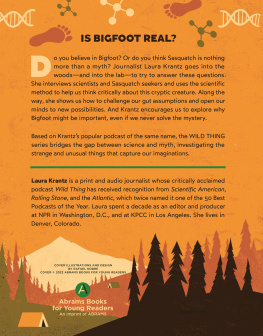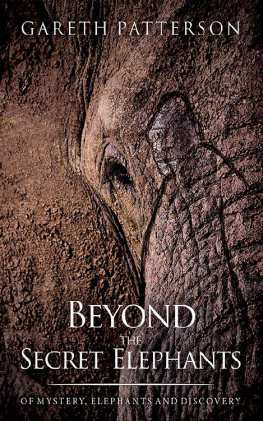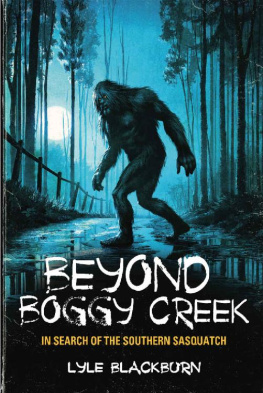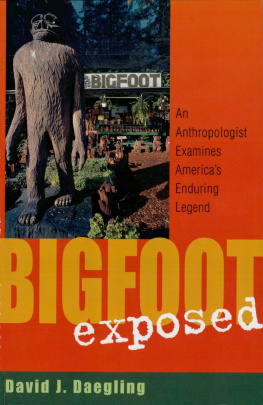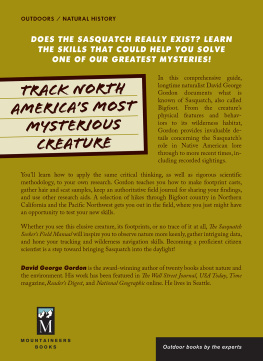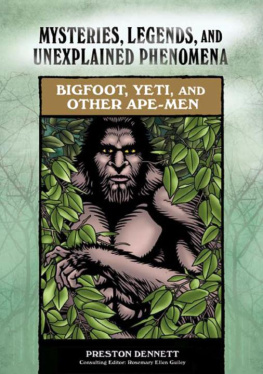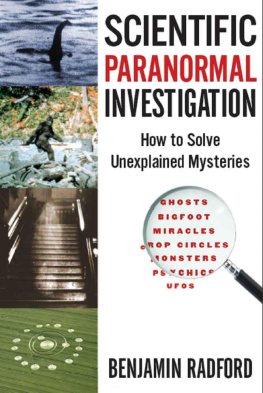SASQUATCH
SASQUATCH
LEGEND MEETS SCIENCE

JEFF MELDRUM

SASQUATCH: LEGEND MEETS SCIENCE
Copyright 2006 by BooBam Ventures, Inc.
Foreword copyright 2006 by George B. Schaller
All rights reserved, including the right to reproduce this book, or portions thereof, in any form.
This book is printed on acid-free paper.
Edited by Moshe Feder
A Forge Book
Published by Tom Doherty Associates, LLC
175 Fifth Avenue
New York, NY 10010
www.tor.com
Forge is a registered trademark of Tom Doherty Associates, LLC.
Library of Congress Cataloging-in-Publication Data
Meldrum, Jeff.
Sasquatch : legend meets science / Jeff Meldrum.1st ed.
p. cm.
Includes bibliographical references and index.
ISBN-13: 978-0-765-31216-7
ISBN-10: 0-765-31216-6
1. Sasquatch. I. Title.
QL89.2.S2M45 2006
001.944dc22
2006004267
Printed in the United States of America
0 9 8 7 6 5 4 3 2
Acknowledgments
This project is indebted to Doug Hajicek and all at Whitewolf Entertainment for undertaking the production of a thoughtful documentary that presented the evidence to a discerning audience and to the Discovery Channel for raising the bar in the treatment and consideration of this subject matter; to Michael Hsu for sharing our mutual desire to see a companion volume grow out of that creation and inviting me to author it.
The scope of this book exceeds the experience and expertise of any one person. I am grateful for the objectivity and open-mindedness of the featured scientists and their willingness to follow the data wherever it might lead them along a path that few have deigned to tread: George Schaller, Daris Swindler, Doug Divine, Bob Francis, Bill Taft, Carl Anderson, Reuben Steindorf, Andrew Nelson, John Bindernagel, Lynn Rogers, Loyd Benson, Jimmy Chilcutt, Henner Fahrenbach, and Craig Newton. To this list I would like to add the name of Richard Greenwell, cryptozoologist extraordinaire, who once asked me what I, as a primatologist, thought of sasquatch. Special recognition is afforded the several members of the North American Ape Project, especially Ron Brown, LeRoy Fish, Derek Randies, John Pickering, Rick Noll, Owen Caddy, Brian Smith, John Mionczynski, and Julie Davis.
As one who might be considered a member of the second generation of researchers pursuing this question, I must acknowledge the pioneering efforts of the first watch, who have dedicated so much of themselves toward the resolution of this intriguing natural mystery, and have so generously shared their hard-won experiences with me personally, in particular Grover Krantz, John Green, Bob Titmus, Roger and Patricia Patterson, Bob Gimlin, Wes Sumerlin, Bill Laughery, and Vance Orchard. Many members of the contemporary Bigfoot community, too numerous to name individually, have contributed immeasurably through their shared experiences, photographs, casts, and samples. Numerous other professional colleagues engaged in scintillating discussions about the subject and kindly permitted the use of a number of the illustrations that are included herein.
A number of individuals and institutions have funded aspects of my own research directed at this question, both in the laboratory and in the field, including Brant Steigers, Ken and Linda Steigers, Jack Mayfield, Richard and Thomas Stepp, and the Idaho State University Research Committee.
Exceptional thanks are extended to George Schaller for graciously providing the foreword to this book and for lending additional expressions of encouragement. Also, to Jane Goodall for affording the time to read and endorse this book and to hazard an open position of acknowledgment of the value and need for this inquiry. Other valued colleagues who have read and commented upon the manuscript include Russell Mittermeier, Peter Matthiessen, Walter Hartwig, Roderick Sprague, Daris Swindler, Esteban Sarmiento, and John Fleagle. Significant encouragement was received in the early stages of this project from Peter Nevraumont. For their ongoing guidance and assistance, particular recognition goes to members of the editorial team at Forge: Moshe Feder and Denis Wong in editorial, and Barbara Cohen in legal.
Special acknowledgment goes to my wife, Terri, for support and indulgence of my preoccupations and to our six sons, Colin, Sean, Devin, Trevor, Kayd, and Brendon, for keeping me young at heart in spite of the encroaching gray.
Dedicated to the memory of the pioneering research of
Grover S. Krantz (1931-2002)

(Courtesy of Rick Noll)
Foreword
Some years ago, a project on mountain gorillas brought me to the attention of those in quest of sasquatch, yeti, and other apelike beings who are said to roam forests and mountains in various countries, from Congo, Indonesia, Russia, and Nepal, to the United States and Canada. I was already aware of the distinctive footprints, supposedly of yeti, photographed by Eric Shipton in Nepal in 1951, and later Edward Cronin and Jeff McNeely showed me casts of similar prints in 1972. Bhutans Forestry Department has presumed yeti casts in its Thimphu office. Earlier my organization, the Wildlife Conservation Society, had been given yeti hair from Bhutan for DNA analysis (it was human hair). A Chinese team in Lhasa searching for the yeren (wild man) showed me photographs of its sleeping beds (they were nests of Asiatic black bear). John Green gave me a cast of a sasquatch footprint, truly a big foot, very different from that of yeti, and I have read his books as well as those of John Napier, Dmitri Bayanov, John Bindernagel, and others. I mention all this because sasquatch and yeti have walked through the forests of my mind for over three decades.
Naturally I am intrigued. I realize that the evidence includes hoaxes, delusions, and mistaken identities, prejudiced conclusions, and cultural legends of dubious value as testimony. It has been claimed that yeti footprints in snow are nothing but the melted tracks of hermits, bears, snow leopards, or whatever roaming the heights. But negative evidence does not disprove the yetis existence. Still others view the large, hairy beings as mythic monsters gliding through our consciousness, lonely wanderers along the mysterious divide between humans and animals. Naturally we humans are mainly interested in ourselves, in our evolutionary history and our relatives along the road from this ethereal origin.
I look at the evidence with a naturalists eye. I am neither a believer nor can I reject all the evidence and conclude that a novel apelike being cannot exist. Large unrecognized creatures may still roam remote forests. The saola, a primitive relative of wild cattle weighing 100 kilograms, was only discovered in the mountains along the Laos-Vietnam border in the early 1990s. The many sasquatch tracks need to be explained. Casts of such tracks, together with the cast of a body imprint with large heels clearly outlined, found in 2000, represent the most compelling evidence to date. The authenticity of films, especially the Patterson-Gimlin footage of 1967, has never been disproved. But there is still no proof. No bones, no skin, no conclusive DNA analysis from hairs. The question of existence remains open. But if even one set of yeti or sasquatch tracks were genuine....
Next page

